Look. If you’ve ever stepped foot into a prefab home that had walls made of warm, aged wood instead of something sterile and plasticky—you already know. It hits different. The vibe is just… calmer. Deeper. Like the house has lived a few lives before you showed up.
And that’s not just nostalgia talking.
Reclaimed wood isn’t just old wood, either. It’s a story, a character actor, a weathered old rebel that snuck in through the back door of modern design and somehow made prefab homes feel more alive than ever.
And if you think it’s all about aesthetics—well, buckle up, friend.
We’re diving into six unexpected, maybe even bizarre, benefits of using reclaimed wood in prefab homes. Stuff most builders ain’t even talkin’ about. But they should be.
1. Your Air Might Just Thank You (No Joke)

Okay. Nobody builds homes thinkin’ about your nose.
But they should. Because prefab homes can sometimes trap VOCs—volatile organic compounds—from new building materials. Fancy name. Bad news. It’s the stuff that makes new houses smell “new,” and sometimes gives you a headache that won’t quit.
But reclaimed wood? It’s off-gassed already. Years ago. Decades, even.
It’s not sitting there leaching fumes into your clean little prefab cocoon. So when you breathe deep in a house full of reclaimed wood? You’re literally inhaling a cleaner life. Not just metaphorically.
That’s not just cozy. That’s healthy.
2. Weirdly Enough, It’s More Bug-Proof Than New Wood
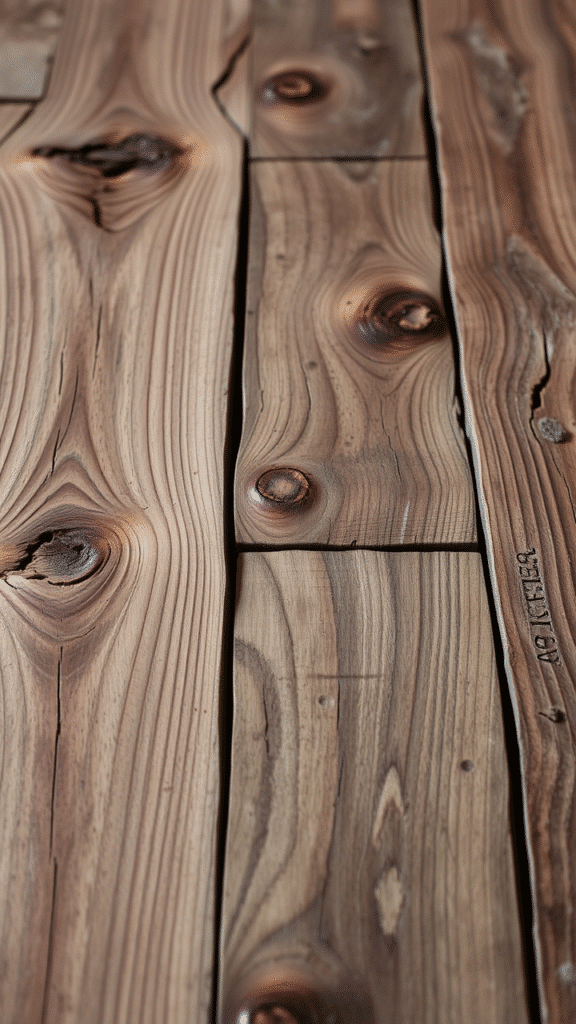
Sounds backwards, right?
Like, shouldn’t old wood be bug heaven?
Nah. See, reclaimed wood’s been around the block. Maybe it was part of an old barn. Or a floorboard in some dusty cabin where time forgot to keep count. Bugs had their shot.
And if anything was gonna chew it, they already woulda done it.
What’s left? It’s seasoned. Hardened. Kinda like the Clint Eastwood of wood. Insect-resistant because it’s basically been through war.
New wood? It’s juicy. Fresh. Tasty, even. Bugs love that stuff. They throw a party in it.
Reclaimed wood? They walk right by.
3. No Two Planks Are Alike—And That’s a Good Thing
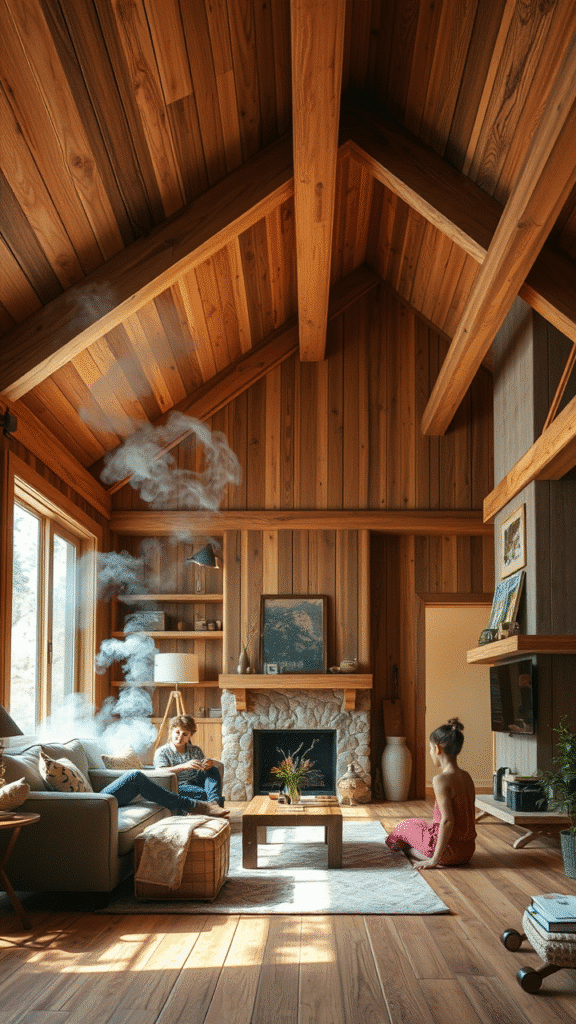
Let’s be real. Most prefab homes lean a little… samey. They’re sleek. Efficient. Sometimes too clean.
Now toss in reclaimed wood? Suddenly you’ve got wild textures, weird knots, and grain patterns that refuse to behave.
One plank might be straight from an old whiskey distillery in Kentucky. Another? Might’ve held up the roof of a warehouse in 1930s Detroit.
That’s character you cannot buy in a box. Not even on Etsy.
You don’t just live in a prefab house anymore. You live in a place with a past. Like a museum, but cozier and with a way better kitchen.
4. Unexpectedly Fire-Resistant (Yeah, That Surprised Me Too)

This one messes with your brain a bit.
You’d think older wood = more flammable, right?
But nah.
Reclaimed wood, especially hardwood that’s been air-dried over decades, is super dense. And dense wood doesn’t ignite easy. It chars slowly. Burns slow. Kinda like a good cigar.
Compare that to fresh kiln-dried lumber—it catches quick, burns fast, and poofs into ash before you know it.
So if your prefab spot’s in a fire-prone area (lookin’ at you, California), that chunky old beam from a 100-year-old barn might actually buy you time.
How’s that for peace of mind?
5. Mother Nature Secretly High-Fives You Every Time You Use It
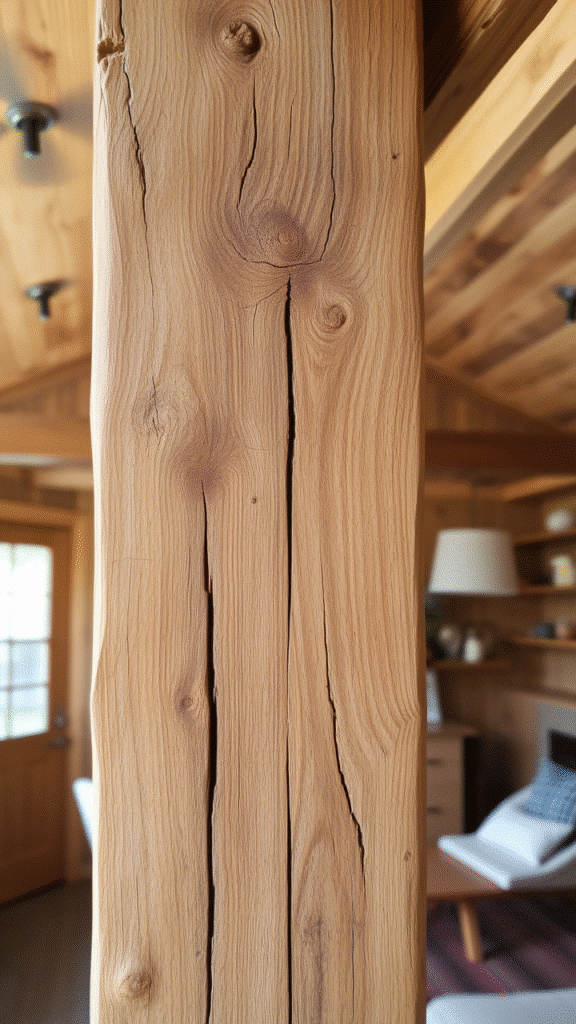
Prefab homes are already greener than traditional builds. Less waste. Less energy. Smarter planning.
But throw reclaimed wood into the mix?
Chef’s kiss.
You’re saving trees, full stop. Like, actual living trees that don’t get chopped down because you used old wood instead. And not just any trees—some of the slow-growing ones that took a century to get tall. The kind that birds cry over when they fall.
Plus, you’re keeping lumber outta landfills. Old beams, floors, and panels usually get trashed. Burned. Buried. Forgotten.
Reclaimed wood says, “Hold up—I ain’t done yet.”
And now, neither is the planet.
6. It Just Ages Better, Man
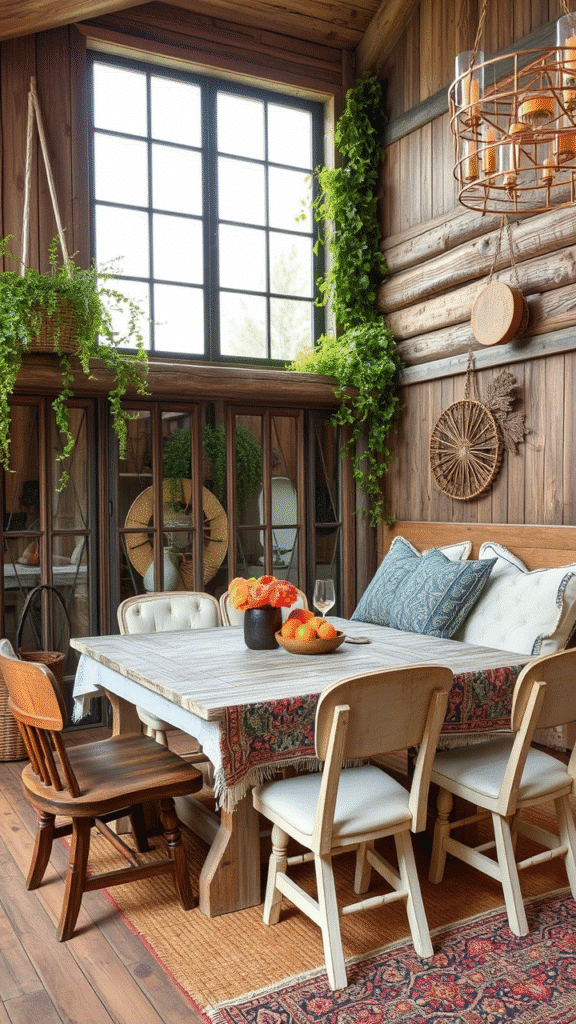
This one’s emotional, okay?
New wood looks fresh for a minute, then starts sulking. It scratches easy. It swells with moisture like it forgot how to behave.
But reclaimed wood? It’s already been through the worst of it.
Floods. Freezes. Sunlight that could melt asphalt.
So it shrugs off wear like a grandpa in a flannel shirt. Scratches don’t ruin it—they add to it. It patinas. Deepens. Turns into something rich that people actually want to touch.
You can’t fake that kind of glow. No amount of staining or sanding will give new wood the old soul that reclaimed has in spades.
Bonus Thought: It’s Not Just “Rustic” Anymore
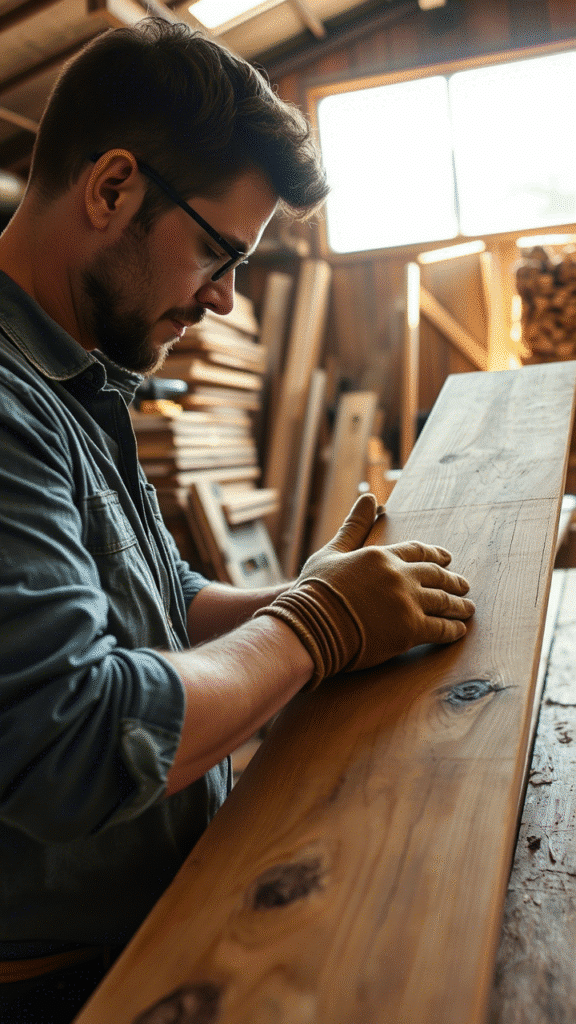
Quick sidebar. Let’s kill a myth real fast.
Reclaimed wood isn’t just for barn doors and cabincore aesthetics. Nope.
Designers are using it in ultra-modern prefab builds now. Think matte black walls and sleek metal fixtures—with a reclaimed oak island in the kitchen that steals the whole show.
It balances the cold precision of prefab with warmth. It grounds a space. Makes it feel lived-in even if the paint’s barely dry.
You can go boho, Scandi, Japandi, industrial—doesn’t matter. Reclaimed wood fits. It flexes.
It’s not just a style. It’s a texture your brain craves without even knowing it.
A Word on Sourcing: Know Where It’s Been

Real talk, though.
If you’re gonna use reclaimed wood, get it from somewhere reputable.
Some wood’s full of old lead paint. Or nails. Or nasty old stains from who-knows-what. And you really don’t wanna find that stuff after you’ve nailed it into your living room wall.
So work with companies that specialize in reclamation. The kind that plane, clean, and prep the wood so it’s ready to be reborn.
It’s kinda like adopting a dog from a shelter. You want to know what you’re getting. And you want it to be healthy when it comes home.
Unexpected is the Point
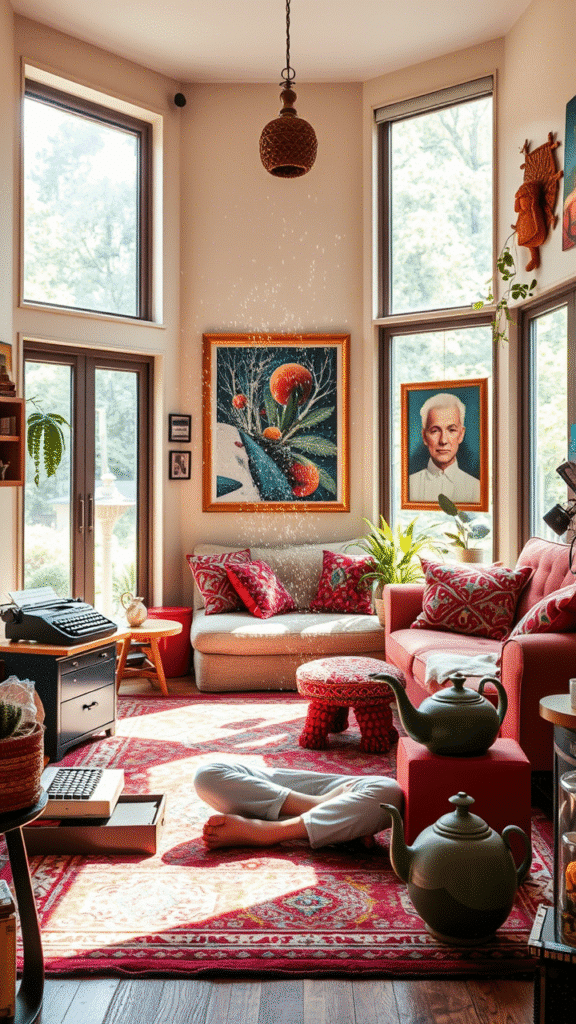
Prefab homes are all about precision. Logic. Systems that make sense.
Reclaimed wood is the rebel in the corner saying, “Cool story, bro—let’s throw a little chaos in there.”
And it works. Like, beautifully.
The combination of modular efficiency and wild, unpredictable grain? That’s art. That’s living. That’s not just a house—it’s a poem nailed together.
Frequently Assked Questions
This sounds small. But it’s huge.
People walk into a prefab house with reclaimed wood in the walls or floors or countertops, and they stop. They ask stuff like, “Where’s that from?” or “Was this really from a church in Maine?”
Suddenly your home has stories. Not just square footage.
It sparks connection. Not just compliments. That’s rare.
You’re not just hosting guests. You’re giving them something to wonder about.
Prefab Might Be the Future, But Reclaimed Is the Soul
Let’s not beat around the blueprint.
Prefab homes are the future. Faster to build. Easier to ship. Kinder to the planet.
But sometimes, in all that sleek progress, we forget the soul part. The mess. The magic. The stories.
Reclaimed wood brings it back.
It doesn’t ask for perfection. Just space. Somewhere to live again. Somewhere to matter.
And when you give it that place—in your walls, your floors, your ceilings—you’re not just decorating. You’re honoring. A tree. A time. A builder from a century ago who never imagined their work would end up in your breakfast nook.
In Closing (But Not Really Closing)
Reclaimed wood isn’t for everyone. And that’s okay.
Some folks like shiny new. That’s fine.
But if you’re the kind of person who likes their coffee a little strong, their books dog-eared, and their house to feel like it has secrets?
Then yeah. Reclaimed wood in your prefab home might just be your favorite surprise yet.
Not just a design choice. A rebellion. A whisper from the past.
And a heck of a good reason to never go full-new again.
Ever.
